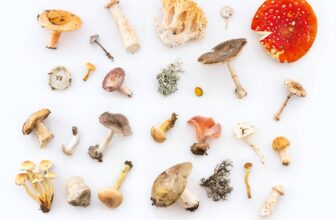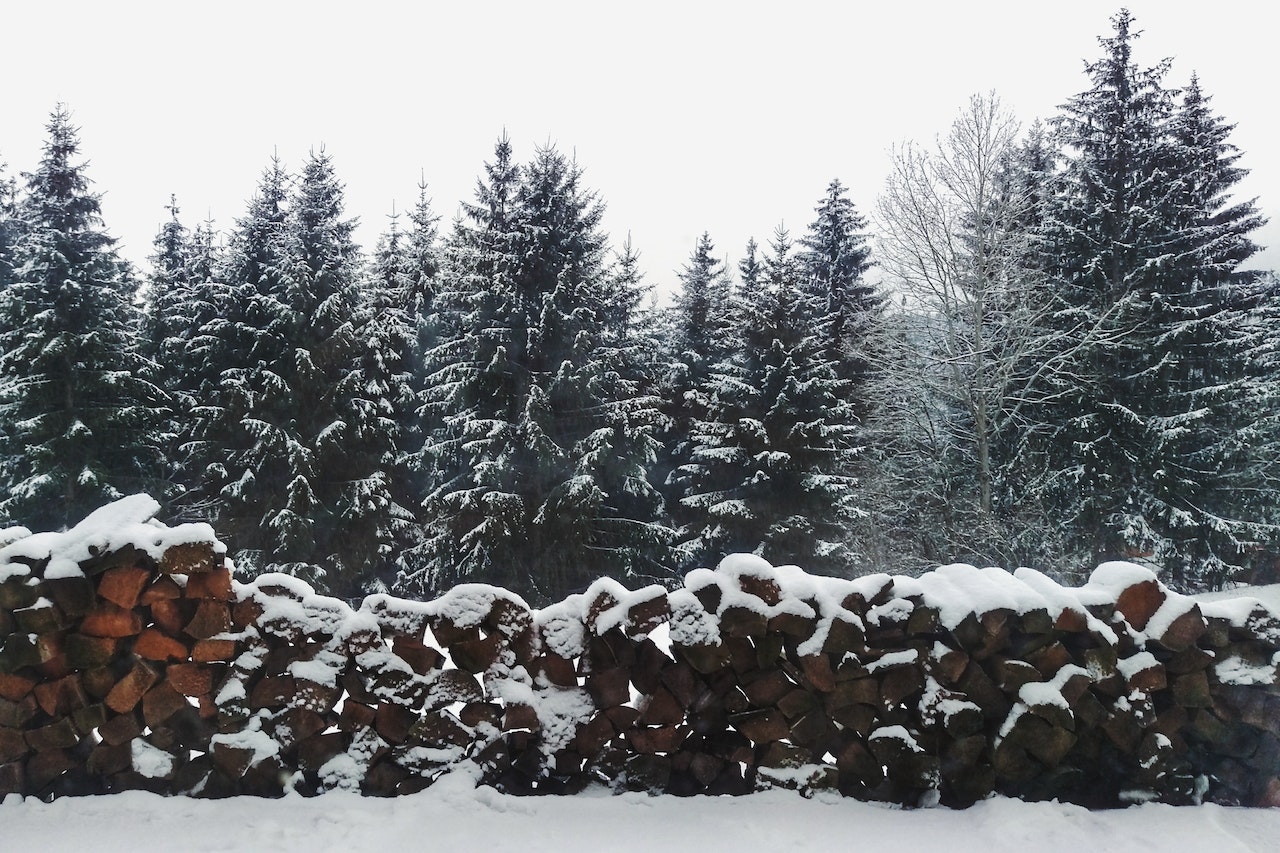
Table of Contents
Each year there is a massive demand for Christmas trees, whether it be real or fake Christmas trees.
Europe alone uses about 50 million real trees while the United States is not far behind with 35 million trees consumed annually.
To keep up with the demand, statistics show that over 350 million real Christmas trees currently growing on Christmas Tree farms in the US, around 18 million are produced in Germany, 10 million in Denmark, and 6 million in France. Environmentalists raise valid concerns with the ongoing debate about the harmful effects Christmas trees have on the environment.
This article discusses key factors about real and fake Christmas trees and the impact they have on our environment.
About Christmas Trees
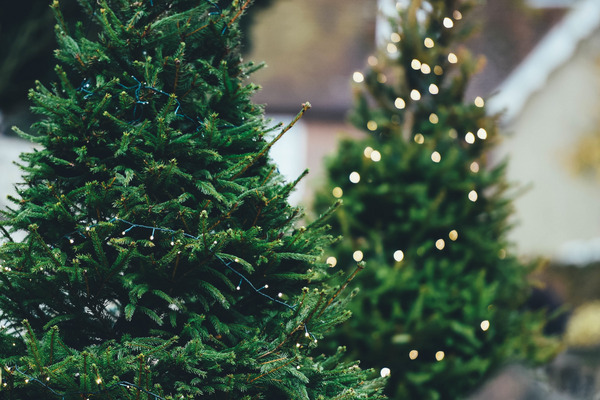
Christmas trees are evergreen trees, usually conifers such as pine, fir, and spruce. They are decorated with lights and ornaments during Christmas festivities. In the early 16th century, Christians would bring Christmas trees real Christmas trees into their homes and decorate them with apples, nuts, and gingerbread.
Fake Christmas trees are said to have originated in Germany during the 19th century where goose feathers were dyed green and attached to wire branches. Today, China remains the world’s largest producer of fake Christmas trees. In 2021, China would have supplied over 68 million fake Christmas trees.
Even with the whopping figures of annual real Christmas Tree consumption, real or fake, which would be the environmentally friendly option? Let’s find out.
Real Christmas Trees – How Bad are They for the Environment?
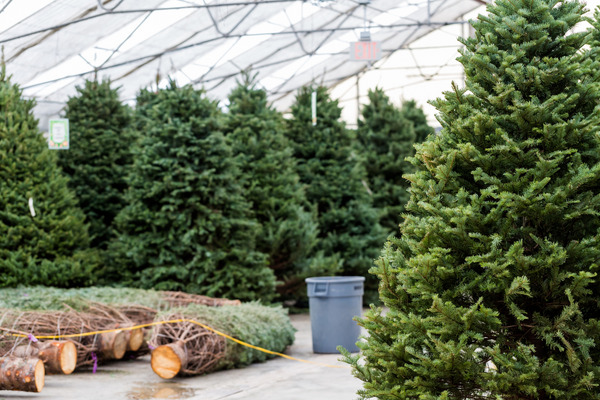
Christmas trees are specifically farmed, and seedlings are replanted each year. Picture: Pixabay
Habitat for Wildlife
Christmas trees, depending on the variety, take from 4 to 15 years to reach a height of 6 to 7 feet so an average of 7 years to mature. This is a long period of time where farms become a natural habitat for wildlife.
Forests Farms
Pros: Christmas Trees are meant to be systematically grown so that commercial farming at a large scale is not bad for the environment. The Association of Christmas Tree Growers highlights how small scaled sustainable farmers use a rotating cycle of planting 1 to 3 trees for every 1 tree that is harvested. Not all the trees grown each year are sold as Christmas trees. Farms are managed to sustainable forestry in the area.
Cons: Arguments against this are that commercial farming is causing the extinction of tree species. The annual cutting down of conifers for Christmas endangers the deforestation of some species of conifers. More than 200 species of conifers are at risk of extinction due to this yearly cut of forests.
Forest exploitation is a danger to the environment as it can lead to climate change, and environmental imbalances, endanger the animals that live in forests and cause natural disasters.
Maximize Land Use
Pros: Christmas trees are mostly grown on steep hillsides usually unsuitable for other types of farming allowing farmers to maximize the land.
Cons: Different farms use a lot of resources to grow trees, sometimes in places where these trees do not normally grow. This can potentially harm the environment.
Christmas Forests as Air Purifiers
Pros: In many countries, man-made forests or tree farms are grown to naturally manufacture large amounts of Christmas trees. These trees provide the same benefits to the environment as natural forests and produce valuable oxygen by consuming dangerous carbon dioxide. This way, real Christmas tree farms become pockets of air purifiers.
Cons: There are arguments as to how effective Christmas Trees absorb carbon dioxide during their growth. Research conducted by Ellipsos debates whether real trees are that sustainable as they are cut down in their teenage years which might not allow the old growth needed to absorb carbon dioxide. This could be an area that makes real Christmas Trees bad for the environment.
Sustainable Farming vs Pesticides
Pros: Going with a sustainable real Christmas Tree supplier could make all the difference when it comes to protecting the environment. Statistics show that real Christmas trees, when sustainably sourced, are more environmentally friendly and a more ethical choice.
Cons: Commercial farms may impact biodiverse ecosystems and most use pesticides that are not environmentally friendly. Some farms may use controversial pesticides, that can be harmful to the environment. When tree farms are grown artificially for the purpose of producing large amounts of Christmas trees, many pesticides harmful to the environment are used.
The list of controversial pesticides that make up 85% of the total pesticides used is:
- Atrazine
- Carbaryl
- Chlorothalonil
- Chlorpyrifos
- Dimethoate
- Glyphosate
- Hexazinone
- Simazine
The use of these pesticides poses serious health damage to humans. This includes causing cancer, asthma, neurotoxicity, organ damage, and many more.
The following insecticides used for the growth of Christmas trees are carcinogenic to humans:
- bifenthrin
- glyphosate
Not just the type of pesticides a concern, but the large amounts used are also a reason to worry for environmental protection agencies. Each year, tons of pesticides are manufactured by processes involving carbon and other harmful emissions, and then these pesticides are sprayed on the tree.
Renewable and Recyclable
Real Christmas Trees are renewable and recyclable. The next thing to know is how you can safely dispose of the Christmas tree once it has adorned your house on the great festival, and when all the gifts are gone. In the United States alone, there are 4,000 Christmas Tree recycling programs where you can go and drop off your old Christmas tree.
Once the season is over, your Christmas tree can be transplanted if you have provided enough moisture to the earth ball and used it for not more than 10 days.
Alternatively, your real Christmas tree could be used as mulch, lumber, compost or reused as firewood. There are many ways to reuse and recycle real Christmas Trees which make them quite eco-friendly and not as bad for the environment as it would seem.
Fake Christmas Trees – How Bad Are They for the Environment?
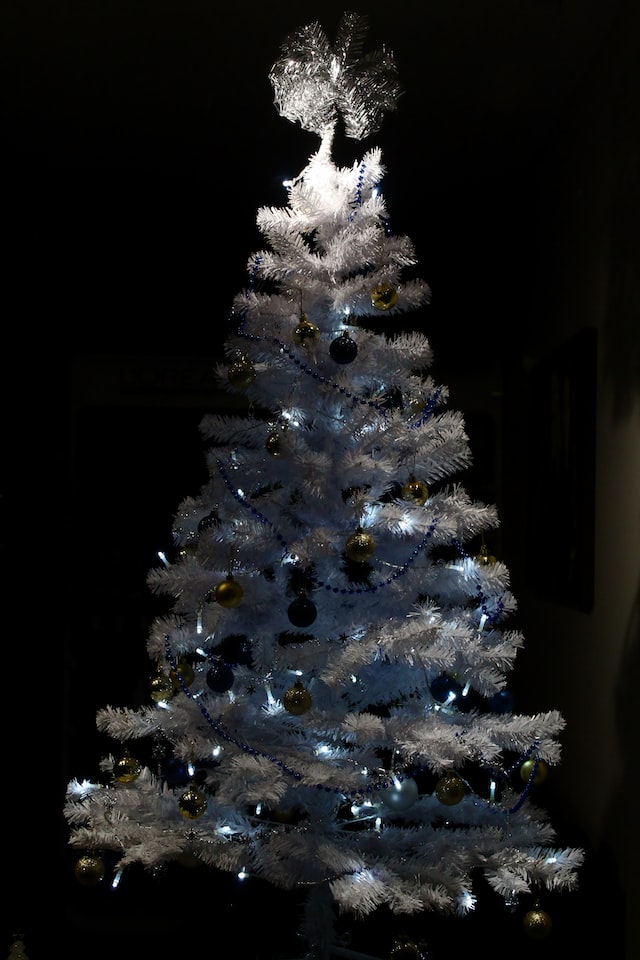
Looking at the good and bad impacts of real Christmas trees on the environment, does this mean fake or artificial trees are more eco-friendly? It might seem so, but fake, artificial, or plastic Christmas trees prove to be bad for the environment during their process of manufacturing, use, and discarding.
The Raw Materials
Artificial trees are made using polyvinyl chloride, or PVC, which contains carcinogens such as lead and cadmium. These can impact our environment in a harmful way.
China is the biggest producer of fake Christmas Trees around the world and transporting these trees from China to all over the world also causes tons of carbon emissions.
Fake Christmas trees are highly flammable. To make them inflammable, some companies use flame retardants that can cause cancer and neurological toxicity.
Furthermore, manufacturing fake Christmas trees causes huge carbon emissions as they use carbon-intensive oils.
Non-Recyclable Landfill
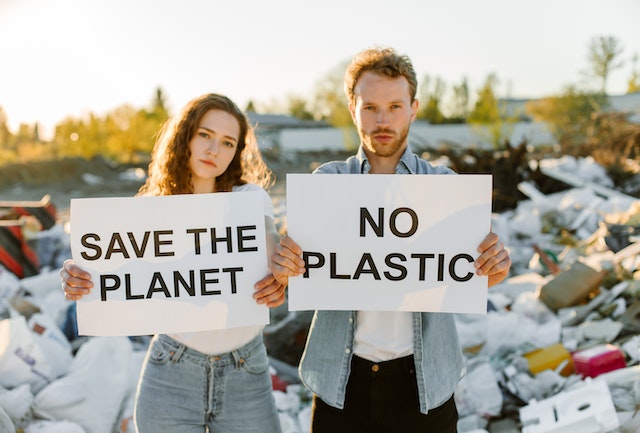
The biggest impact of fake or artificial Christmas trees on the environment is that PVC plastic, which cannot be recycled, ends up in a landfill adding to the plastic issue.
If the artificial tree is thrown in a landfill, it can produce methane. The research claims that even a 6.5 feet high artificial tree creates more than 40 kg (88 lbs) of CO2, which is more than two times the amount of carbon dioxide produced by a real Christmas tree.
Artificial trees don’t have many recycling options, only some parts can be recycled, but not the whole tree can be recycled. The only solution to this is to reuse them for next year’s holiday decorations. It is said that for a fake Christmas tree to be sustainable, you will need to reuse it for at least 5 years but even then, it is not recyclable and will end up in a landfill.
Real vs Fake Christmas Trees – How Bad are They for the Environment?
| Real Christmas Trees | Fake Christmas Trees |
| Farms become a natural habitat for wildlife. | Produced using polyvinyl chloride, or PVC, which contains carcinogens such as lead and cadmium. |
| Small scaled sustainable farmers use a rotating cycle of planting. | Use carbon-intensive oils. |
| Farms are managed for sustainable forestry in the area. | Some parts can be recycled, but not the whole tree can be recycled. |
| Farmers maximize the land as Christmas trees grow where other agriculture does not thrive. | |
| Christmas tree farms become pockets of air purifiers. | |
| Renewable and recyclable | |
| Cutting down in their teenage years might not allow the old growth needed to absorb carbon dioxide. | |
| Forest exploitation is a danger to the environment, if not sustainably farmed. | |
| Some farms may use controversial pesticides. |
Wrapping Up
The debate about whether Christmas trees are bad for the environment is an ongoing one. Statistics show millions of people around the globe purchase Christmas trees as part of the festival celebrations. The large demand makes it an environmental concern, whether you use a real or fake Christmas tree.
Real Christmas trees are an eco-friendlier option if they are sustainably sourced and recycled. Artificial Christmas trees, on the other hand, prove bad for the environment as they are made using non-recyclable and potentially harmful chemicals.
Choosing an organic supplier would be the best option if you decide to have a Christmas tree. This way, you ripple a positive effect by being sustainable and reducing your carbon footprint on the planet.




